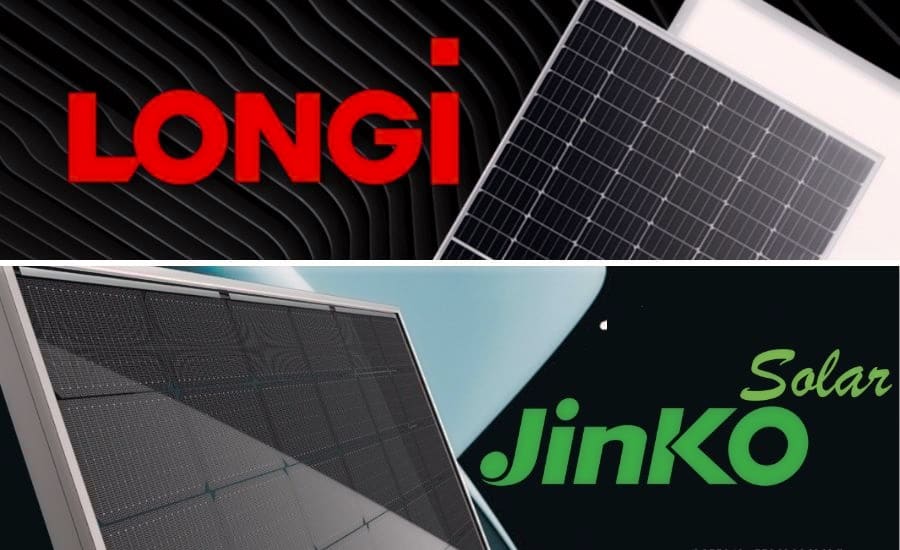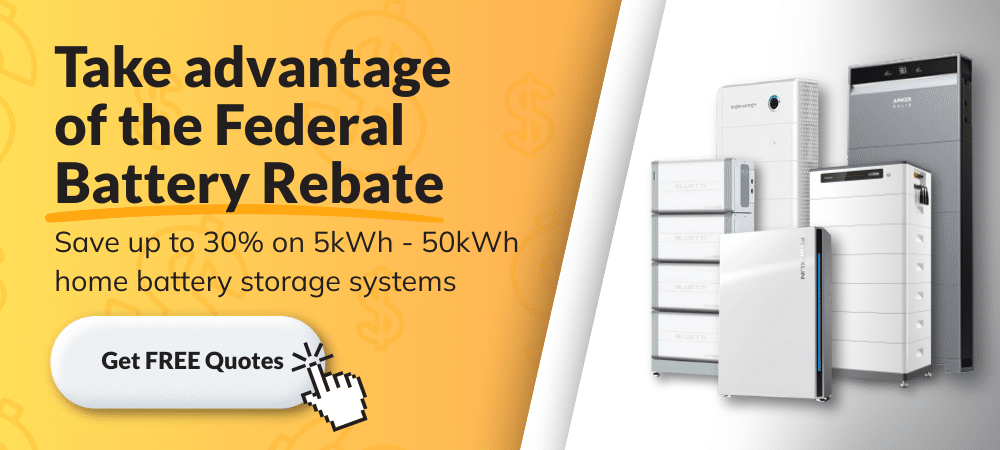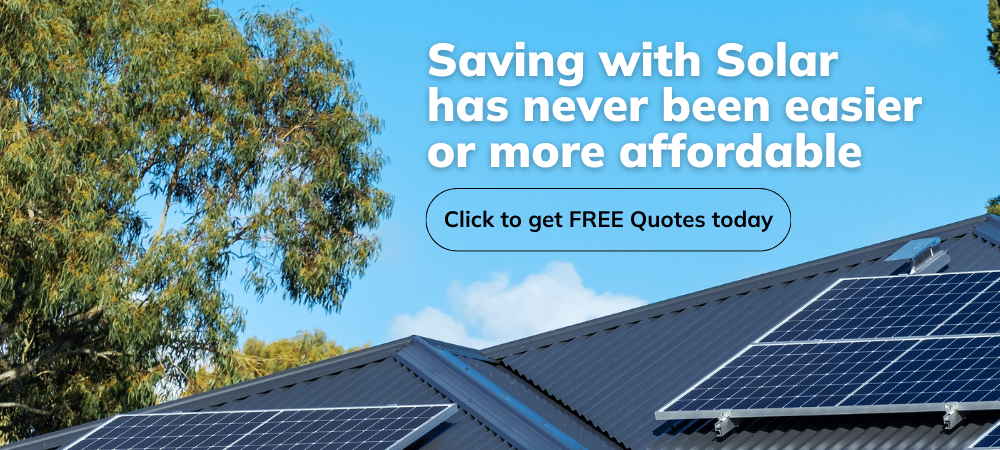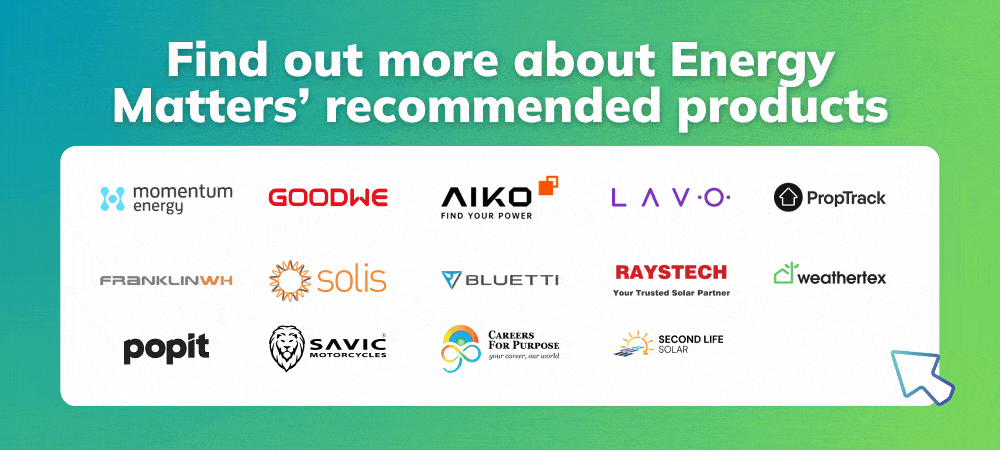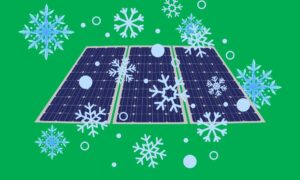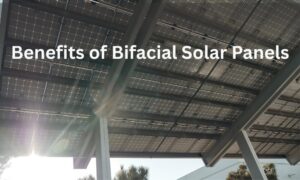Updated on 30 January 2025
Harnessing the power of the sun is becoming an increasingly popular choice for Australian homeowners, with the benefits of solar energy extending far beyond environmental responsibility. Lowering electricity bills, increasing property value, and achieving energy independence are just a few driving forces behind the surge in solar panel installations.
But with numerous brands and models available, choosing the right panels can feel overwhelming. Two of the most prominent contenders in the Australian market are Jinko and LONGi, both renowned for their quality and performance. So, which one should you choose for your solar journey?
This article delves into a comprehensive comparison of Jinko and LONGi solar panels, analysing their key features, warranty terms, performance metrics, and pricing to guide you towards an informed decision. Remember, the “best” option depends on your specific needs and budget.
If you want to find out how big your solar system with battery storage is, Energy Matters can help you make an informed decision and the perfect option on the suitability of a solar battery with our Solar Power and Battery Storage Calculator.
The solar calculator will generate performance information and potential savings. We can send this information to 3 trusted local installers in your area to receive obligation-free solar quotes.
Understanding the landscape: Jinko vs LONGi
JinkoSolar (Jinko) and LONGi Solar are Chinese multinational giants dominating the global solar panel market.
Jinko, founded in 2006, is based on the gigawatts it supplies (GW). Jinko is regarded as one of the leading global producers of solar panels.
Meanwhile, LONGi, established in 2000, is known for its focus on monocrystalline silicon technology. With a total module sales volume of over 30 GW in 2021, LONGi Solar is one of the largest makers of monocrystalline silicon wafers, cells, and modules worldwide.
Both are vertically integrated, meaning they control the entire production process from silicon ingots to finished panels, ensuring quality and cost-efficiency. They continuously invest in research and development, pushing the boundaries of solar technology with innovative cell structures and efficiency improvements.
Both brands hold significant market share in Australia, with Jinko often edging out LONGi in terms of sheer volume. However, LONGi enjoys a slightly higher brand awareness and positive perception among Australian consumers.
Key differentiators to consider
| Jinko | LONGi | |
| Panel efficiency | Jinko’s flagship Tiger Pro series boasts efficiencies ranging from 21.00% to 21.65%, with the newer Tiger Neo series reaching 22.55%. | LONGi’s Hi-MO X6 series achieves one of the highest solar cell efficiency in the market at 23.60%. Their all-Black version of Hi-MO X6 Explorer offers an efficiency of 22.5%. |
| Warranty and reliability | Jinko offers a 25-year product warranty and a 25-year linear performance warranty, guaranteeing 84.8% power output after 25 years. | LONGi boasts a 25-year product warranty and a 25-year linear performance warranty of less than 1% in the first year and no more than 0.4% for the following 24 years. A total of 89.4% power output after 25 years. |
| Price | Jinko panels are generally considered slightly more affordable than LONGi’s offerings, especially for comparable efficiency levels. | LONGi’s premium panels, with slightly higher efficiencies and extended warranty guarantees, which might command a slightly higher price tag. |
| Additional features | Jinko’s Tiger Neo series incorporates half-cut cells, improving shading tolerance and reducing power loss. They also offer bifacial panels that generate additional power from sunlight reflected off the back. | LONGi’s Hi-MO X6 series features the HPBC cell technology, which has been used by premium brands for many years on mono PERC technology for improved efficiency and temperature coefficient. Besides, they look aesthetically pleasant in both their Scientist and Explorer (All-Black) versions. Their Hi-MO 7 bifacial panels utilise the N-type wafer technology best suited for large-scale solar plants. |
At the heart of any solar panel lies its technology. Jinko and LONGi utilise monocrystalline silicon cells, the most efficient commercially available option.
However, they differ in their specific cell types and configurations. Jinko primarily focuses on PERC (Passivated Emitter Rear Cell) technology, which is known for its high efficiency and affordability.
LONGi, on the other hand, pioneers the use of monocrystalline half-cut cells and their proprietary Hi-MO series, which offer slightly higher efficiency and potentially lower temperature coefficients. This translates to better performance in hot Australian climates.
Warranty and customer support
A robust warranty and reliable customer support are essential for peace of mind. Jinko and LONGi offer extended warranties, typically ranging from 25 years of product warranty.
However, the specific terms and conditions may vary depending on the model and retailer. Regarding customer support, both brands have established networks in Australia, but Jinko’s wider presence might translate to easier access to assistance through distribution channels.
Price and value
Price is a critical factor for most Australian consumers. Jinko panels are considered more affordable than their LONGi counterparts, especially for standard PERC models.
However, the price gap narrows when comparing high-efficiency options like LONGi’s Hi-MO series. Ultimately, the best value proposition depends on your budget, energy consumption, and desired efficiency level. Read more about A Fair Review of LONGi Solar Panels: Shining Brightly Down Under?
It’s crucial to remember that the cheapest option is only sometimes the best. Consider the total cost of ownership, including efficiency gains, warranty coverage, and potential long-term savings on electricity bills.

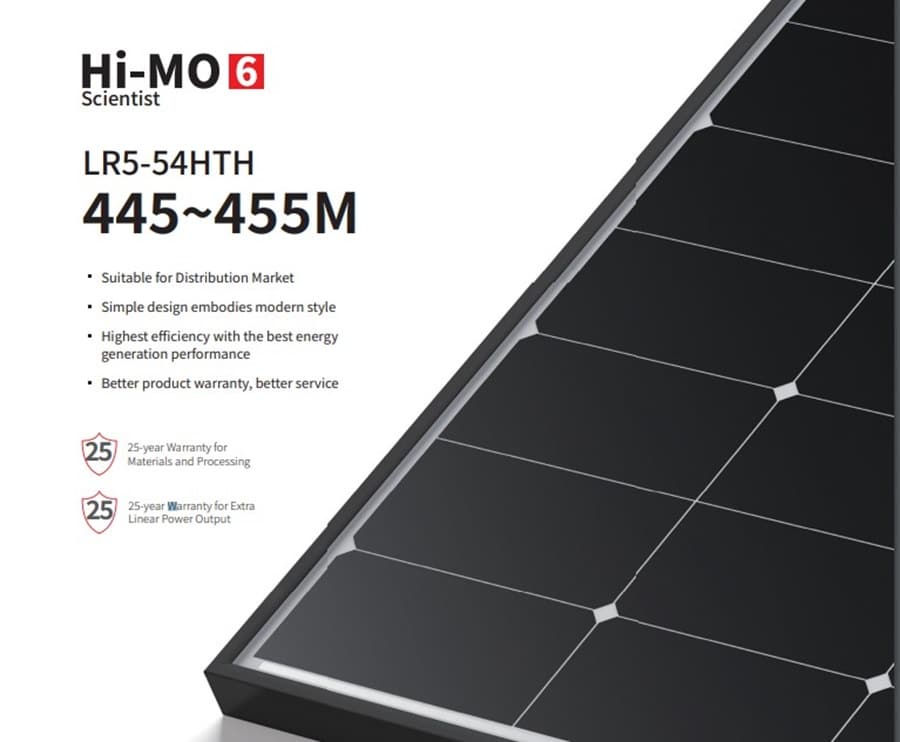
Additional considerations
Beyond the core features mentioned above, there are other factors to consider when making your decision:
- Aesthetics: Both brands offer panels in full black or half-cut cell designs, which might be visually appealing for some homeowners. LONGi’s Hi-MO X6 series has a unique look that can attract those giving aesthetics a higher score.
- Availability: One brand might be more readily available depending on your location.
- Installer experience: Choose an installer with experience and expertise in installing both Jinko and LONGi panels to ensure optimal performance.
- Temperature coefficient: As mentioned earlier, LONGi panels generally have a lower temperature coefficient, potentially leading to better performance in hot Australian climates.
- Sustainability: Both companies are committed to sustainable practices, but LONGi has a slightly stronger focus on environmental initiatives.

Factors beyond the brands
While Jinko and LONGi are excellent choices, your final decision should also consider:
- Your specific needs and budget: Consider your energy consumption, roof size, and budget constraints.
- Installer expertise: Choose a qualified installer with experience in both brands and a strong understanding of your needs.
- System design and monitoring: A well-designed system with proper monitoring can maximise performance regardless of the panel brand.
Jinko vs LONGi: The verdict?
Ultimately, the choice between Jinko and LONGi comes down to your individual priorities and budget. If you prioritise affordability and are comfortable with slightly lower efficiency, Jinko might be the better option; however, LONGi is our preferred option as both are affordable coupled with high performance & beautiful aesthetics.
Here’s a quick recap:
| Choose Jinko if | Choose LONGi if |
| Affordability is your top priority. | Maximising efficiency and performance is crucial, and LONGi might be worth the investment. |
| Black and white aesthetics are acceptable. | You prefer a premium black-on-black aesthetic. |
| You need a wider range of panel options. | A slightly higher guaranteed power output after 25 years matters. |
This article is intended for informational purposes only and should not be construed as financial advice.
Remember, conducting thorough research, consulting with qualified solar installers, and comparing quotes tailored to your specific needs is crucial before making your final decision. With the right information and guidance, you can choose the solar panel brand that shines brightest for your Australian home.
Read more about solar panels
- Best Solar Panels In Australia: Brands To Consider
- Solar Panels in Australia – Tips, Prices & Key Info
- Back to Basics: How Do Solar Panels Work?
- When to Replace Solar Panels: Signs and Disposal Methods
- How Commercial Solar Panel System Works
Ready to upgrade your solar systems and take your energy savings to the next level?
Embrace the energy efficiency revolution by upgrading your solar systems and adding battery or solar inverters with Energy Matters.
Energy Matters recommends cost-effective solar batteries such as GoodWe, Enphase, Fronius, Fimer, Sungrow, Tesla and LAVO.
With our 3 free solar quotes, you can compare plans from pre-qualified and vetted installers in your area and find the perfect solution for your home and business. Harness the sun’s power and save money on electricity bills while reducing environmental impact. Let Energy Matters guide you towards a brighter, more sustainable future.









